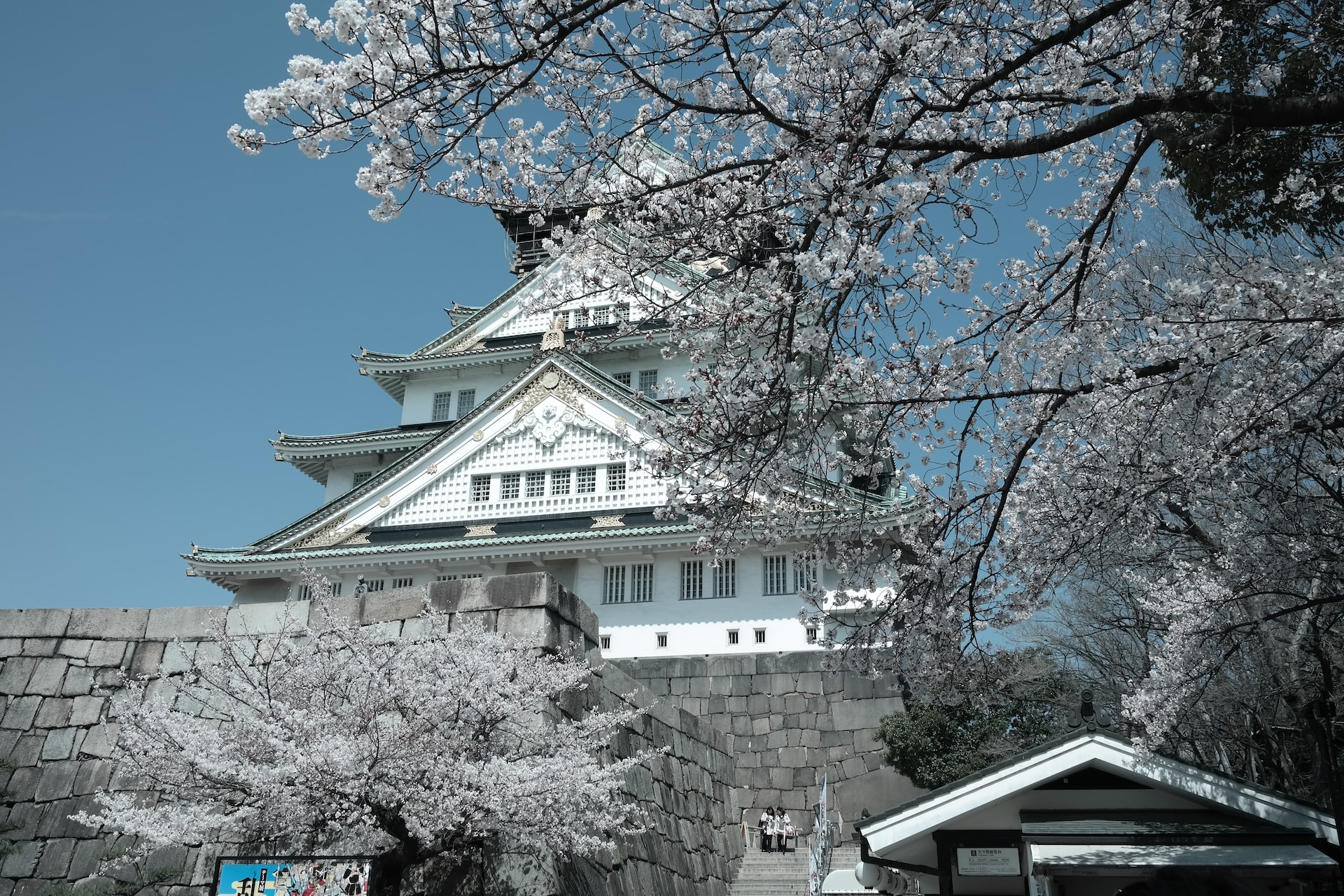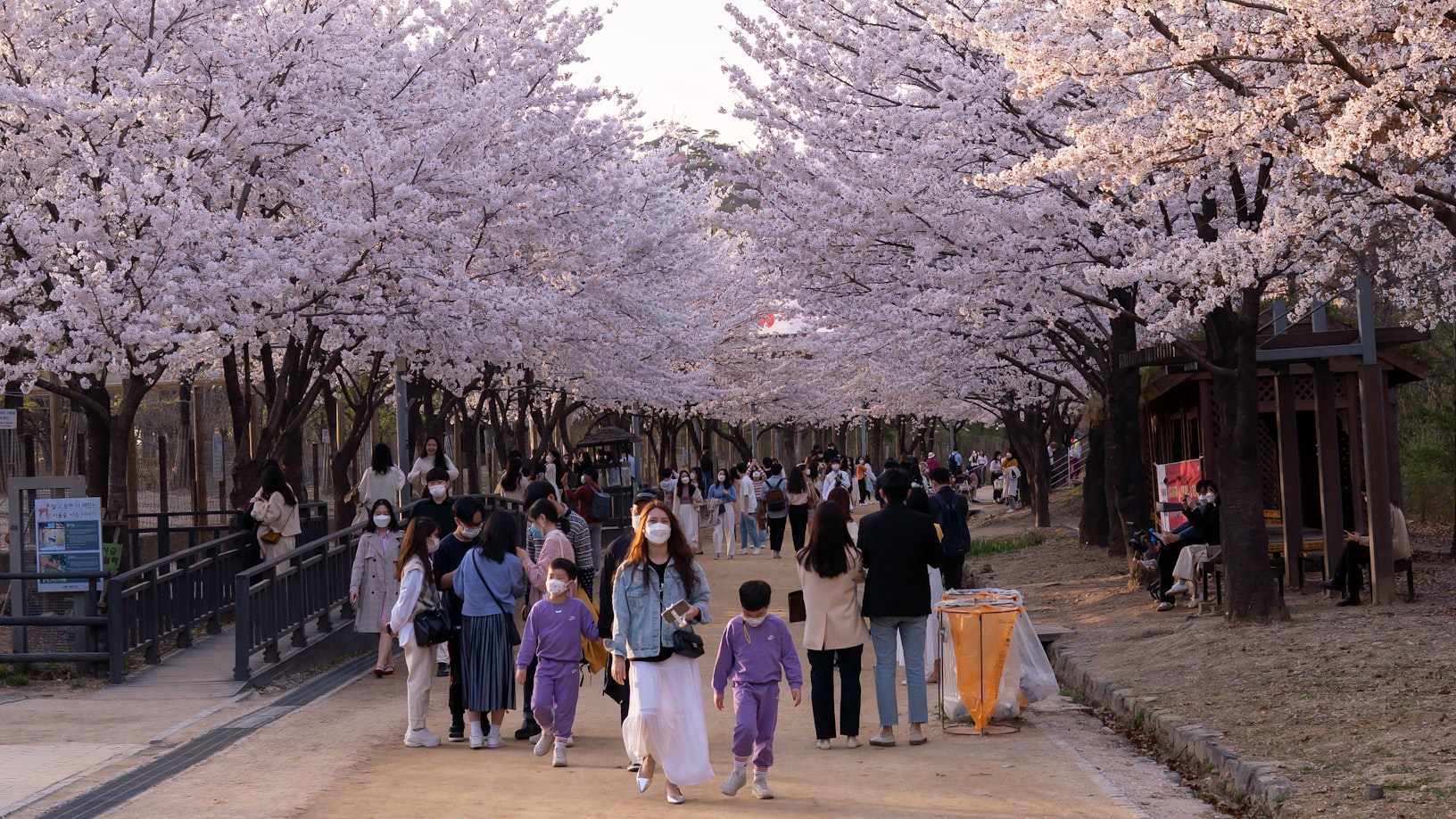Discovering the Diversity of Cherry Blossom Trees: Different Varieties

What are cherry blossom trees and why are they so special?
Cherry blossom trees, also known as sakura trees, are deciduous trees that are known for their beautiful pink and white flowers, which bloom in the spring. These trees are a symbol of Japan and are highly revered for their beauty and cultural significance. Cherry blossom season, or sakura season, is a time of celebration and renewal and is eagerly awaited each year by both locals and tourists.
The different varieties of cherry blossom trees
While the most well-known cherry blossom tree is the Somei Yoshino, which is the most widely cultivated variety in Japan, there are actually many different types of cherry blossom trees. These varieties vary in terms of the shape, size, and color of their flowers, and can be found all over the world.
Somei Yoshino Cherry Blossom Trees
Description of Somei Yoshino cherry blossom trees
The Somei Yoshino is the most well-known and widely cultivated variety of cherry blossom trees. It is a deciduous tree that grows to a height of around 25-35 feet and is known for its delicate, pale pink flowers. The Somei Yoshino is a relatively young variety, having been developed in the late 19th century in Japan. It is named after the Somei neighborhood of Tokyo, where it was first cultivated.
Where Somei Yoshino cherry blossom trees are found
Somei Yoshino cherry blossom trees can be found all over Japan, and are particularly prevalent in Tokyo and other urban areas. They are also widely cultivated in other parts of the world, including North America, Europe, and Asia.
The symbolism of Somei Yoshino cherry blossom trees
Somei Yoshino cherry blossom trees are a symbol of Japan and hold great cultural and historical significance. They are often associated with the fleeting nature of life and are seen as a symbol of renewal and new beginnings. Somei Yoshino cherry blossom trees are also a popular motif in Japanese art and culture and are often depicted in art and literature.
Yae-Beni-Shidare Cherry Blossom Trees
Description of Yae-Beni-Shidare cherry blossom trees
The Yae-Beni-Shidare is a variety of cherry blossom tree that is known for its cascading branches and deep pink flowers. It is a deciduous tree that grows to a height of around 20-30 feet and is native to Japan. The Yae-Beni-Shidare is also known as the Weeping Cherry, due to its distinctive branch structure.
Where Yae-Beni-Shidare cherry blossom trees are found
Yae-Beni-Shidare cherry blossom trees can be found in Japan, particularly in the western part of the country. They are also cultivated in other parts of the world, including North America, Europe, and Asia.
The symbolism of Yae-Beni-Shidare cherry blossom trees
Yae-Beni-Shidare cherry blossom trees are known for their cascading branches and deep pink flowers, which give them a sense of grace and beauty. Like other cherry blossom trees, they are associated with the fleeting nature of life and are seen as a symbol of renewal and new beginnings. In Japanese culture, Yae-Beni-Shidare cherry blossom trees are often associated with spring and the arrival of warmer weather.
Shirotae Cherry Blossom Trees
Description of Shirotae cherry blossom trees
The Shirotae is a variety of cherry blossom tree that is known for its pure white flowers. It is a deciduous tree that grows to a height of around 25-30 feet and is native to Japan. The Shirotae is also known as the “White Cherry,” due to the color of its flowers.
Where Shirotae cherry blossom trees are found
Shirotae cherry blossom trees can be found in Japan, particularly in the western part of the country. They are also cultivated in other parts of the world, including North America, Europe, and Asia.
The symbolism of Shirotae cherry blossom trees
Shirotae cherry blossom trees are known for their pure white flowers, which give them a sense of purity and innocence. Like other cherry blossom trees, they are associated with the fleeting nature of life and are seen as a symbol of renewal and new beginnings. In Japanese culture, Shirotae cherry blossom trees are often associated with weddings and other special occasions and are often used as a decorative element in these settings.
Kanzan Cherry Blossom Trees
Description of Kanzan cherry blossom trees
The Kanzan is a variety of cherry blossom tree that is known for its large, deep pink flowers. It is a deciduous tree that grows to a height of around 25-30 feet and is native to Japan. The Kanzan is also known as the “Crimson Cherry,” due to the color of its flowers.
Where Kanzan cherry blossom trees are found
Kanzan cherry blossom trees can be found in Japan, particularly in the western part of the country. They are also cultivated in other parts of the world, including North America, Europe, and Asia.
The symbolism of Kanzan cherry blossom trees
Kanzan cherry blossom trees are known for their large, deep pink flowers, which give them a sense of vibrancy and energy. Like other cherry blossom trees, they are associated with the fleeting nature of life and are seen as a symbol of renewal and new beginnings. In Japanese culture, Kanzan cherry blossom trees are often associated with the arrival of spring and are a symbol of hope and joy.
Fugenzo Cherry Blossom Trees
Description of Fugenzo cherry blossom trees
The Fugenzo is a variety of cherry blossom tree that is known for its small, pale pink flowers. It is a deciduous tree that grows to a height of around 25-30 feet and is native to Japan. The Fugenzo is also known as the “Peach Blossom Cherry,” due to the color of its flowers.
Where Fugenzo cherry blossom trees are found
Fugenzo cherry blossom trees can be found in Japan, particularly in the western part of the country. They are also cultivated in other parts of the world, including North America, Europe, and Asia.
The symbolism of Fugenzo cherry blossom trees
Fugenzo cherry blossom trees are known for their small, pale pink flowers, which give them a sense of delicacy and elegance. Like other cherry blossom trees, they are associated with the fleeting nature of life and are seen as a symbol of renewal and new beginnings. In Japanese culture, Fugenzo cherry blossom trees are often associated with femininity and are seen as a symbol of beauty and grace.
Other Varieties of Cherry Blossom Trees
Description of other cherry blossom tree varieties
In addition to the varieties of cherry blossom trees mentioned above, there are many other types of cherry blossom trees that are native to Japan and other parts of the world. These varieties vary in terms of the shape, size, and color of their flowers, and include trees such as the Kansai, Gyoiko, and Edohigan.
Where other cherry blossom trees are found
Other cherry blossom trees can be found in Japan and other parts of the world, including North America, Europe, and Asia.
The symbolism of other cherry blossom trees
Like other cherry blossom trees, the symbolism of other cherry blossom tree varieties is often associated with the fleeting nature of life and the arrival of spring. The specific symbolism of each variety may vary, depending on the characteristics of the tree and its flowers.
Share this article using hashtags #cherryblossomtrees #cherryblossomviewing #Japan #sakuraseason #hanami #bestplaces #cherryblossoms
Final thoughts on the diversity of cherry blossom trees
Cherry blossom trees are a beloved and iconic part of the landscape in Japan and many other parts of the world. From the delicate Somei Yoshino to the cascading Yae-Beni-Shidare, there is a wide variety of cherry blossom trees to discover and enjoy. Each variety has its own unique characteristics and symbolism, making them a fascinating and diverse group of trees.
How to learn more about cherry blossom trees?
If you are interested in learning more about cherry blossom trees, there are a number of resources available. You can visit botanical gardens and arboretums to see cherry blossom trees in person, or do research online to learn more about the different varieties and their characteristics. You can also visit Japan during cherry blossom season to experience the beauty and cultural significance of these trees firsthand.






